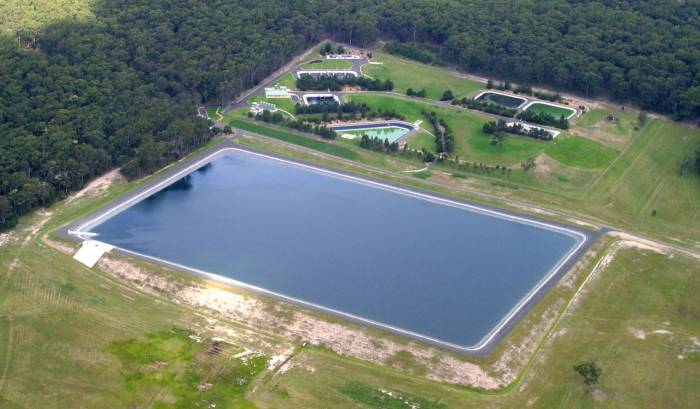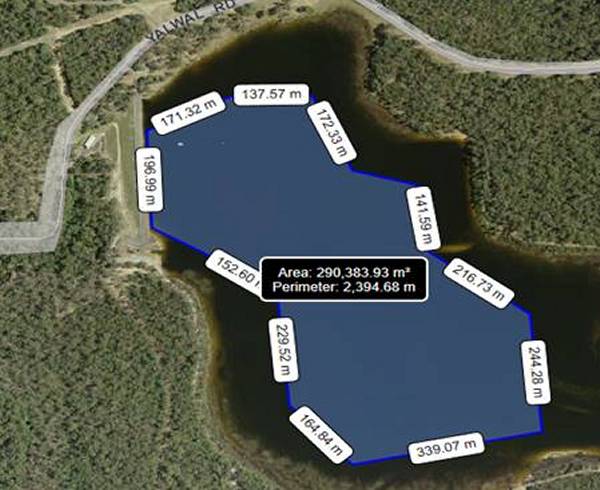
Image: Shoalhaven City Council
Shoalhaven Water’s sewage treatment facility near Callala Bay in New South Wales may be the site of a major solar farm – and a floating solar power facility is also being considered elsewhere in the region.
The Shoalhaven City Council area incorporates a string of inland and coastal towns south of Sydney; among them the regional centres of Nowra and Ulladulla. Home to 102,000 people, the region is well known for its natural beauty – and its growing population means more strain on services and increasing associated costs.
Council’s largest energy consumer is Shoalhaven Water, which supplies water and waste water treatment services to the population.
Last month, Shoalhaven Water Group provided an update to the Sustainable Futures Committee, recommending further development of pilot solar schemes utilising Shoalhaven Water assets.
One of the assets identified is the Callala treatment plant. The group says Callala consumes 270,000 kWh of electricity each year, with 41% of its electricity used between the hours of 9am and 5pm.
The South Coast Register reports the Callala site could potentially host 30MW of solar capacity. A power station of that size would generate far more electricity than what is consumed by the Callala plant..
Also for further investigation is a floating solar farm on Bamarang Dam, which the group says offers more than 29 hectares of suitable dam surface area for solar panels.

Image: Shoalhaven City Council
“There are several possible models for financing, delivery and operation of any solar projects that Council could be involved in,” states the Water Group. “It is proposed that an open expression of interest document be put to the market to initiate the development of business cases for the Committee’s consideration.”
The South Coast Register says that process could kick off as early as February this year.
Shoalhaven City Council has some previous experience with solar, with PV installations on eleven Council properties – but these have all been small systems, collectively representing 129kW capacity.
Council certainly seems keen to do more on the renewable energy front. It recently joined the Climate Council’s Cities Power Partnership. Described as a “coalition of the willing”, the Partnership is comprised of mayors, councillors and communities committed to a sustainable energy future. Local councils who join the partnership pledge to take 5 key actions across renewable energy, efficiency, transport and collaboration.

 RSS - Posts
RSS - Posts



I see renewable energy as the only source that can help avoid a global catastrophe. One of the major problems facing meaningful change is the short term politicising by leaders or alleged leaders such as own politicians who have as priority one the next election .
As I approach my eighties next week I do so with a sense of shame because I have lived my life as a privileged member of a demographic that has seen very little hardship and has promoted a hedonistic lifestyle.
We are all citizens of one planet and as such we should not attempt to stop the less privileged from enjoying an upgrade of their living standards. Australians are amongst the worst polluters in the world as individuals. We have huge houses and every conceivable luxury available to us . I accept all Australians do not share these .
Until our politicians accept the challenges the planet faces and recognise our responsibilities as global citizens we are condemning our future citizens to catastrophic changes in climate that will destroy the planet as we now know it .Their actions must be judged and they must be held responsible for the consequences of their actions in the future.